
Coalescent Agent
Coalescent Agent Film Forming/Coalescing Agents for Paints & Coatings In manufacturing paints and coatings, the function of a coalescing agent is to facilitate the softening

Coalescent Agent Film Forming/Coalescing Agents for Paints & Coatings In manufacturing paints and coatings, the function of a coalescing agent is to facilitate the softening
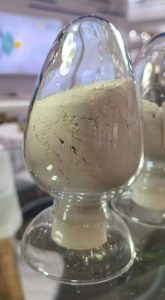
Hydroxypropyl Methylcellulose HPMC is derived from natural polymer materials, undergoes a sequence of chemical processes to yield a non-ionic cellulose compound. This odorless and non-toxic white powder readily dissolves in cold water, forming a transparent and thick solution. It demonstrates commendable attributes including effective water retention, thickening capabilities, emulsification, film formation, suspension, adsorption, gelation, surface activity, and functioning as protective colloids.
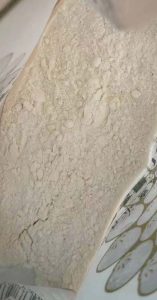
SHPM | Sodium Hexametaphosphate encompasses a spectrum of alternative names. It can be called as Calgon, polyvinylidene sodium, sodium metaphosphate vitreous body, sodium multiple metaphosphates, Graham salt, or most commonly referred to as SHMP.
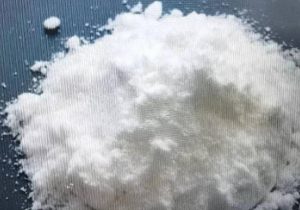
Hexametaphosphate What is Sodium Hexametaphosphate? Sodium Hexametaphosphate is an inorganic polyphosphate salt holds multifaceted applications, serving as both a corrosion inhibitor and an emulsifying agent.
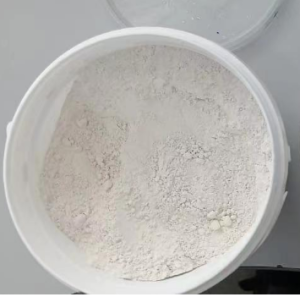
Polyethylene wax have the characteristics of heat stability, chemical resistance, and hardness. Additionally, polyethylene wax boasts attributes such as abrasion resistance and a broad melting point range. This combination of features, coupled with its capacity for reducing cohesion between polymer molecules, positions PE wax as an effective internal lubricant that promotes compatibility with various polymers.
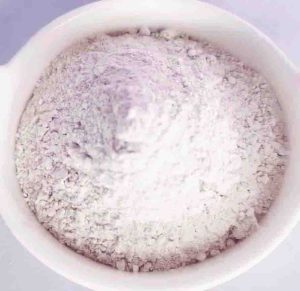
Glass Beads for Paint : Glass beads are used in low-density drilling fluids, rubber and plastic manufacturing, as well as paints and coatings. Their significance extends to a noteworthy advancement in the realm of road marking paint design and application. Particularly, they are a crucial component of premium thermoplastic paint used for road markings, contributing to enhanced road luminance during daylight hours for drivers.
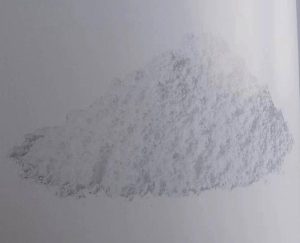
Wax PE is a type of polymer derived from low molecular weight polyethylene. This material exhibits wax-like attributes due to its distinct properties, which include low viscosity, a high level of hardness or brittleness, and a relatively elevated melting point. These characteristics stem from its fundamentally linear structure.
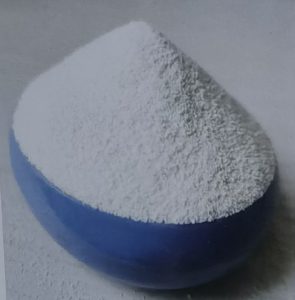
PE Wax is a type of ultra-low molecular weight polyethylene composed of ethylene monomer chains. This wax serves various functions, including acting as a dispersant, slip agent, resin additive, and mold release agent. It is based on ethylene monomer chains and is commonly dispersed in aromatic and aliphatic solvents. This dispersion enhances the anti-settling properties of coatings and inks. PE Wax exhibits characteristics such as thixotropy, anti-sagging, and the ability to position metallic pigments effectively.
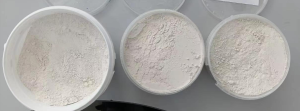
Glass microspheres are minuscule glass spheres that find application across a wide spectrum of industries. These microspheres possess remarkable attributes like corrosion resistance, fire resistance, and non-conductivity. With a history spanning over a century, glass microspheres have been a staple, contributing significantly to various sectors.
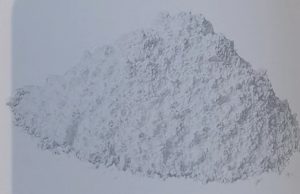
Hollow glass spheres are essentially near-perfect engineered bubbles crafted from thin-walled glass. They measure around 50 microns in size. These microspheres, due to their lightweight nature, are utilized as fillers in composite materials such as syntactic foam and lightweight concrete. They can be integrated into various products like paint, coatings, construction sealants, rubber, plastic, FRP, artificial stone, and putty as additives.
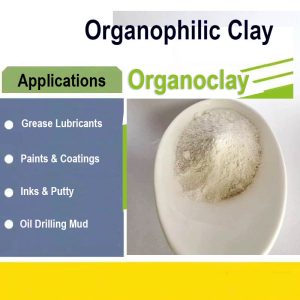
Organoclay Drilling Product Aimed is used as a thickening agent. When added to drilling fluids, it imparts viscosity and suspension properties, preventing the settling of solid particles and maintaining a stable fluid consistency. The viscosity provided by organophilic bentonite helps in efficient cuttings transportation and prevents their deposition in the wellbore.
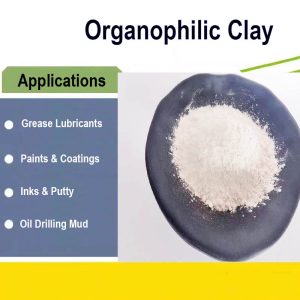
Organoclay refers to an intriguing class of materials that are derived from naturally occurring clay minerals. It is an organically modified phyllosilicate, wherein the clay mineral undergoes a chemical modification process to introduce hydrophobic chains onto its surface. This modification imparts unique properties to the clay, making it hydrophobic or water-repellent.